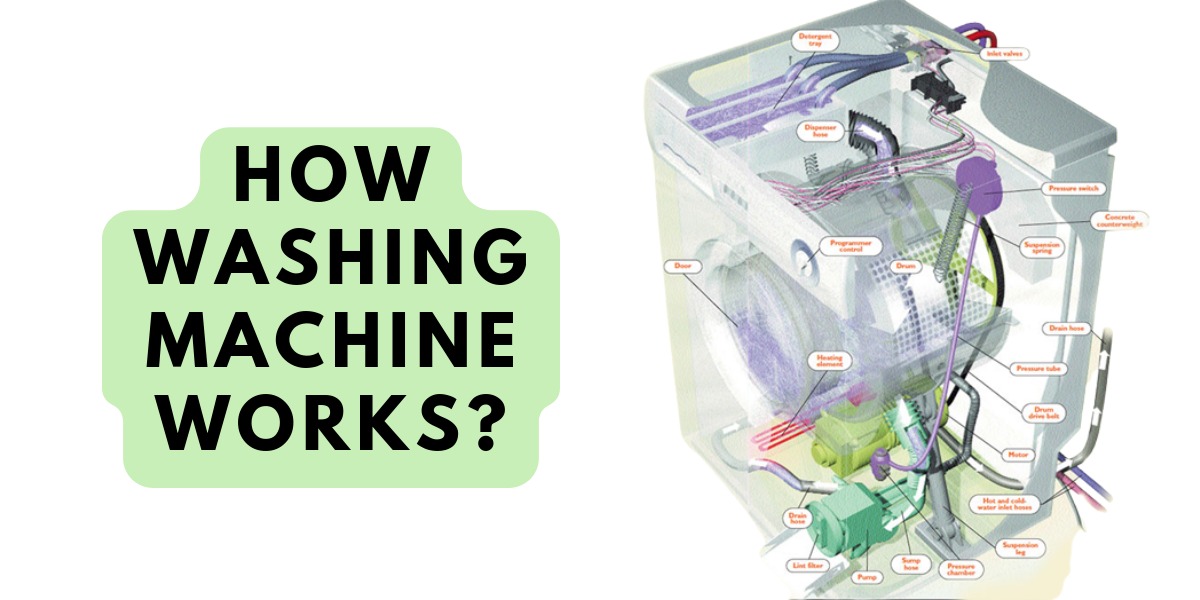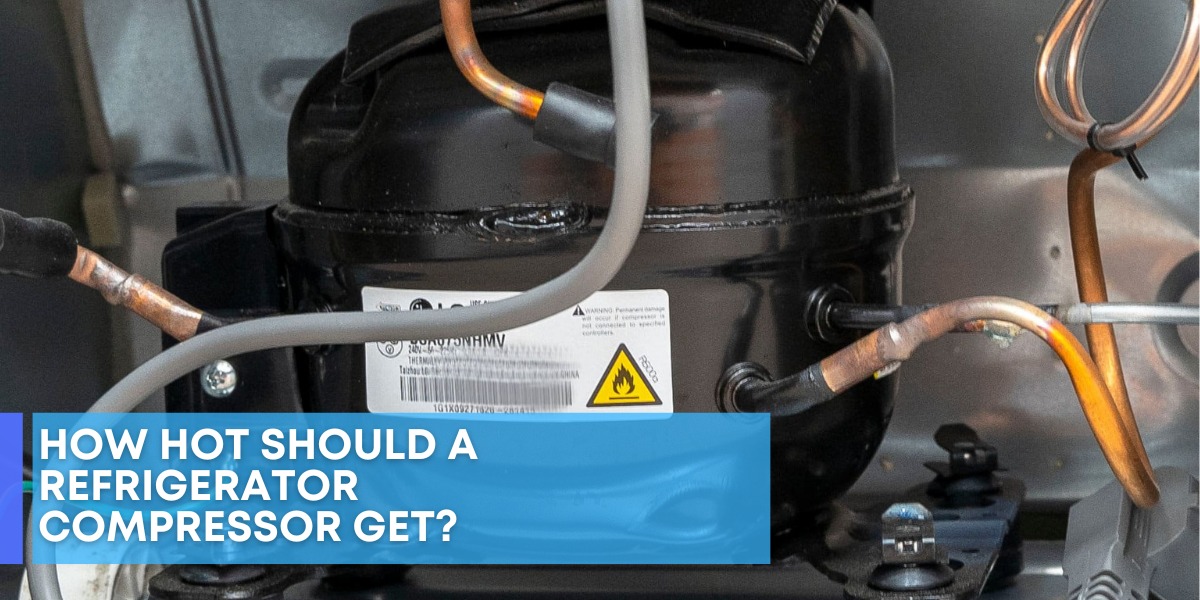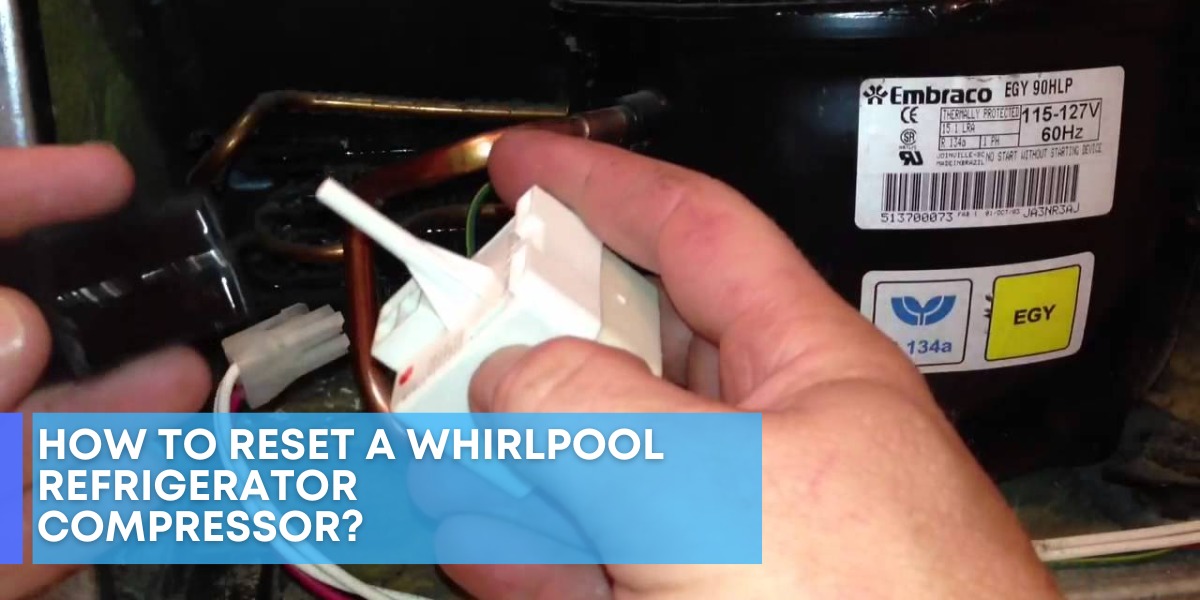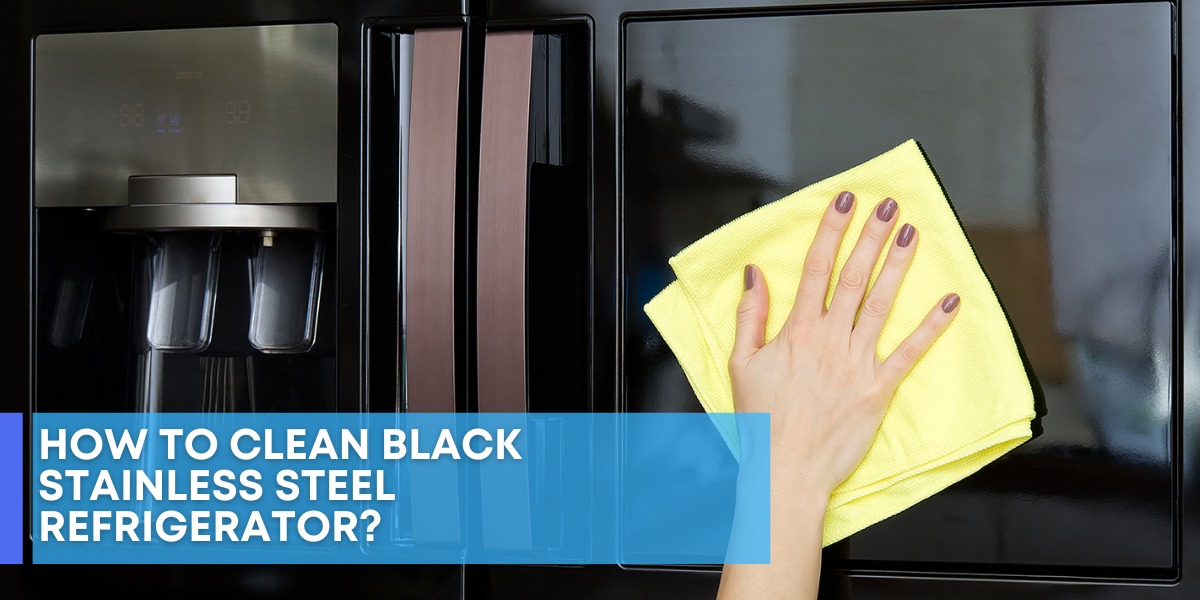Washing machines have become an indispensable part of our daily lives. They have made laundry day easier and more convenient, saving us time and energy. However, many of us are unaware of the science and technology that goes into making these machines work. In this article, we will take an in-depth look at how washing machines work and the different components that make them function.
Components of a Washing Machine
- Drum
The drum, also known as the tub, is the main component of a washing machine. It is where clothes are placed for washing and is usually made of stainless steel or plastic. The drum rotates to agitate the clothes and remove dirt and stains.
- Agitator
The agitator is a spiral or paddle-like device located in the center of the drum. It is responsible for moving the clothes around in the water, ensuring that every garment is thoroughly cleaned. The speed and direction of the agitator’s rotation can vary depending on the type of wash cycle selected.
- Motor
The motor is responsible for driving the drum and agitator. It is usually an electric motor that is powered by the electrical supply. The motor is controlled by the washing machine’s control panel, which determines the speed and direction of the drum and agitator’s rotation.
- Transmission
The transmission is a mechanical component that connects the motor to the drum and agitator. It is responsible for transmitting the power from the motor to the drum and agitator, allowing them to rotate. The transmission is usually made of gears, belts, and pulleys.
- Control Panel
The control panel is the brain of the washing machine. It contains the buttons and dials that allow you to select the wash cycle, temperature, and spin speed. It also contains the display screen that shows the status of the wash cycle and the time remaining.
- Pump
The pump is responsible for circulating the water in the drum. It is usually located near the bottom of the washing machine and is powered by the motor. The pump draws water from the inlet valve, circulates it in the drum, and then drains it out through the outlet valve.
- Inlet and Outlet Valves
The inlet and outlet valves are responsible for supplying water to the washing machine and draining it out after the wash cycle is complete. They are usually located near the bottom of the washing machine and are connected to the water supply and drain respectively.
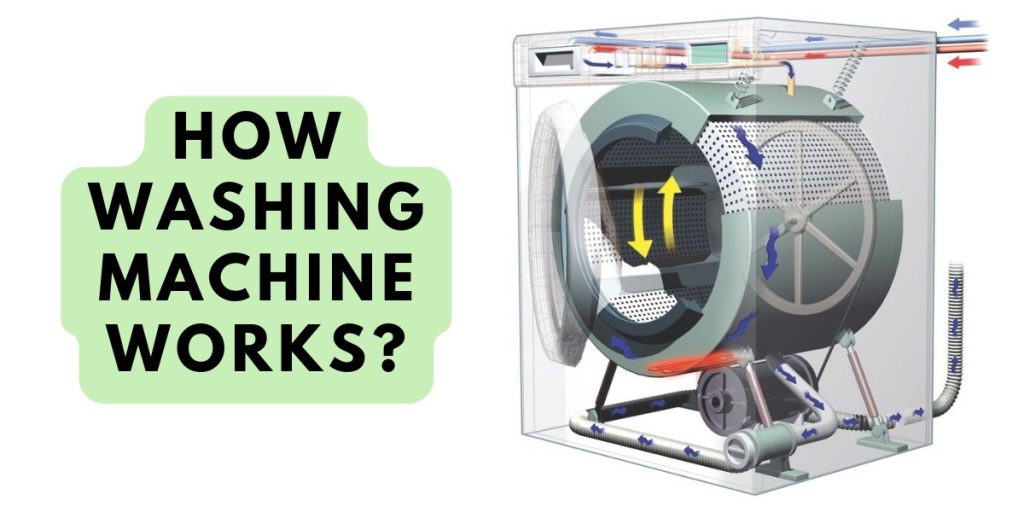
Technologies in Washing Machines
- Automatic Load Balancing
Automatic load balancing is a technology that ensures that the drum is evenly loaded with clothes. This is important as an unevenly loaded drum can cause the washing machine to vibrate excessively, leading to damage. Automatic load balancing works by using sensors to detect the weight distribution in the drum and adjusting the drum’s rotation accordingly.
- Water Heating
Washing machines can heat water to a specific temperature, depending on the type of wash cycle selected. This is usually done by an electric heating element that is located in the drum. The temperature of the water is controlled by the control panel, which regulates the power supply to the heating element.
- Spin Speed Control
Spin speed control is a technology that allows you to adjust the speed at which the drum rotates during the spin cycle. This is important as different fabrics require different spin speeds to prevent damage. For example, delicate fabrics such as silk and lace should be spun at a lower speed, while heavier fabrics such as towels and jeans can be spun at a higher speed. Spin speed control can be adjusted through the control panel.
- Soil Sensors
Soil sensors are technology that helps the washing machine determine the amount of dirt and stains present in the clothes. This information is used to determine the length of the wash cycle and the amount of water and detergent required. Soil sensors work by measuring the conductivity of the water, which is directly proportional to the amount of dirt and stains in the clothes.
- Energy-Efficient Technology
Washing machines have become more energy-efficient in recent years, thanks to advancements in technology. Energy-efficient washing machines are designed to use less water, electricity, and detergent, making them more environmentally friendly and cost-effective. Some energy-efficient washing machines also feature technologies such as delayed start and automatic shut-off, which help reduce energy consumption even further.
WASHING MACHINE REPAIR SERVICE IN UAE?
If so, then you’ve come to the right place. At Ha Fixer, we offer a wide range of affordable washing machine repair services in UAE that are sure to meet your needs.
You’re experiencing any of the following issues with your washing machine, we can help:
- Lack of water when using the machine
- Noisy or difficultly operating machine
- Faulty agitator
- Washing machine not draining properly
We offer a variety of affordable washing machine repair services that are sure to meet your needs. Plus, our experienced technicians are always on hand to help with any questions or concerns you may have. So don’t wait another minute – call us today for more information about our washing machine repair services in UAE.
REPAIR SERVICES AVAILABLE 7/24
- Oven Repair
- Dryer Repair
- Stove Repair
- AC Repair
- AC Installation
- Fridge Repair
- Refrigerator Repair
- Dishwasher Repair
- Washing Machine Repair
Wash Cycles
Washing machines typically come with a variety of wash cycles, including normal, delicate, heavy-duty, and permanent press. Each wash cycle is designed for a specific type of clothing and takes into account factors such as the type of fabric, the amount of dirt and stains, and the desired level of cleanliness.
- Normal Cycle
The normal cycle is the most common wash cycle and is suitable for most types of clothing. It typically involves a combination of agitation and spinning to remove dirt and stains. The normal cycle can be adjusted based on factors such as water temperature, spin speed, and detergent usage.
- Delicate Cycle
The delicate cycle is designed for delicate fabrics such as silk, lace, and chiffon. It involves a gentler form of agitation and spinning to prevent damage to the fabric. The water temperature and spin speed are also typically lower in the delicate cycle.
- Heavy-Duty Cycle
The heavy-duty cycle is designed for heavy fabrics such as towels, jeans, and bedding. It involves a more intense form of agitation and spinning to remove tough dirt and stains. The water temperature and spin speed are also typically higher in the heavy-duty cycle.
- Permanent Press Cycle
The permanent press cycle is designed for synthetic fabrics such as polyester and nylon. It involves a combination of gentle agitation and slow spinning to reduce wrinkling and maintain the fabric’s shape. The water temperature and spin speed are also typically lower in the permanent press cycle.
Washing machines are complex machines that are designed to make our lives easier. They are equipped with a range of components and technologies that work together to clean our clothes effectively and efficiently. Understanding how washing machines work can help us make informed decisions when it comes to buying and using them. By following the guidelines outlined in this article, you can ensure that your washing machine is working optimally and providing you with the best possible results.

